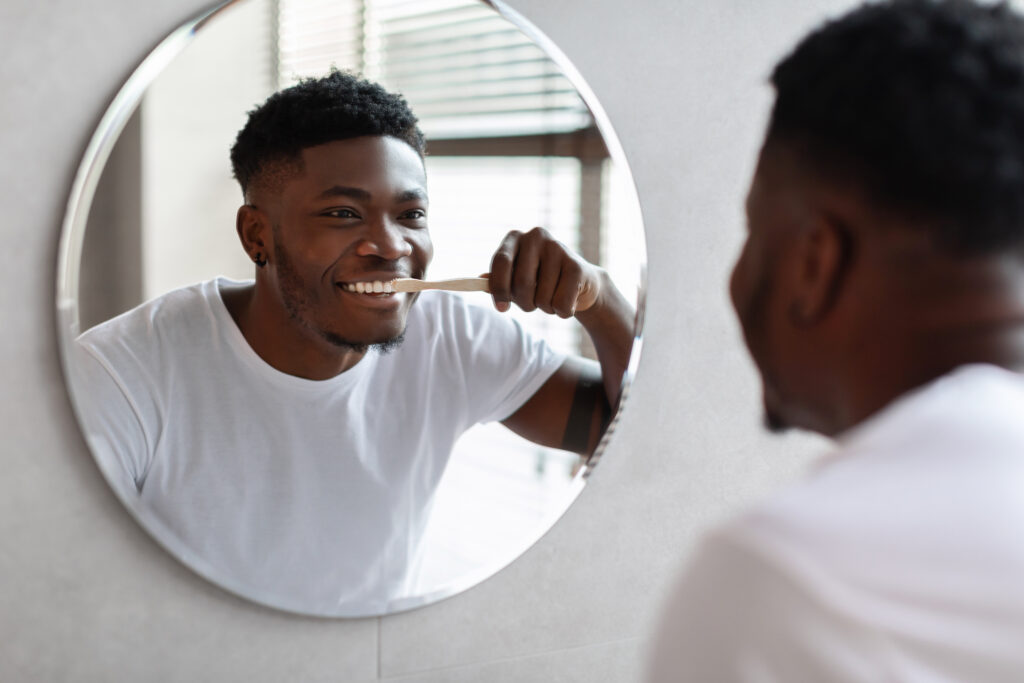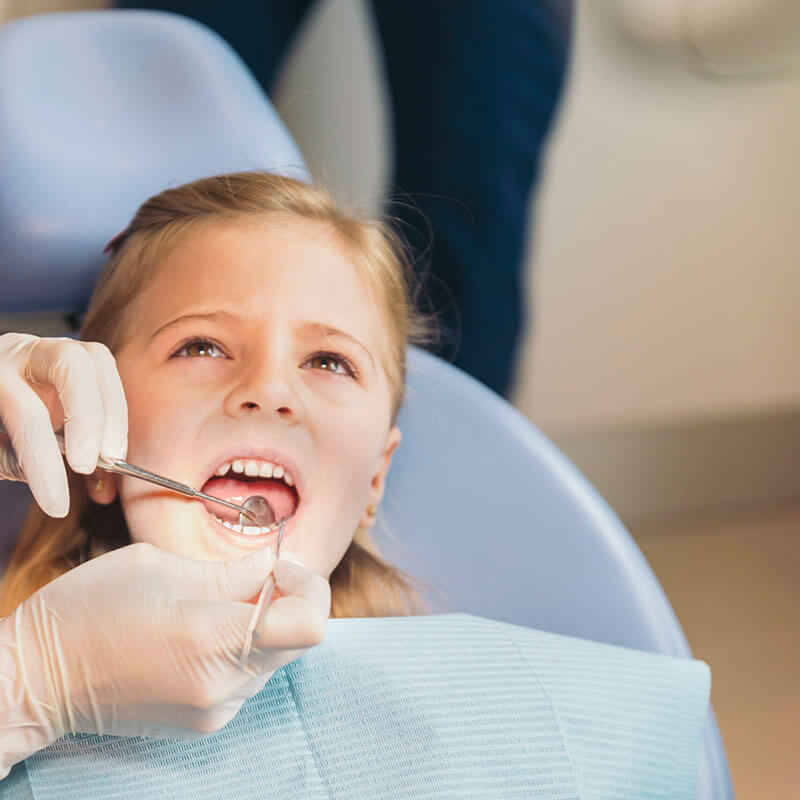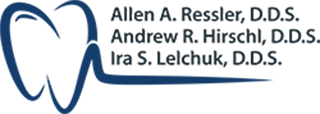Professional Dental Hygiene Cleanings
What is a dental cleaning
A professional
dental cleaning is the removal of plaque (a soft, sticky, bacteria infested
film) and tartar (calculus) from your teeth. Regular dental cleanings are a
crucial step in preventing cavities, gingivitis, gum disease, and achieving a healthy
smile. If you avoid dental cleanings the results can be severe ranging from gum
disease and localized infection to acute infections that can lead to bone and eventually
tooth loss. We recommend that you visit our office at least twice per year for
a professional cleaning along with daily oral healthcare routine.

What Happens During a Teeth Cleaning?
People often fear teeth cleanings due to the strange noises, and occasional jaw discomfort, it’s easy to understand their apprehension. But for most patients, a teeth cleaning is simple and painless procedure. The dental hygienist will use specialized instruments to gently remove these deposits without harming the teeth. The ultrasonic device sprays a cooling mist of water while it works to wash away debris. Polishing paste is then applied to the teeth to make them shiny and smooth. Your dental hygienist may also apply fluoride to the teeth to help strengthen the tooth enamel.
It is important for you to know what the dental cleaning process is all about. The more you know, the less stress you will have during your visit. You will be able to better enjoy the minty-fresh results. Here is a more detailed explanation of your dental cleaning visit.
Physical exam of your teeth and mouth
Most teeth cleanings are performed by a dental hygienist. Before the actual cleaning process begins, they start with a physical exam of your entire mouth. They use a small mirror to check around your teeth and gums for any signs of gingivitis (inflamed gums), cavities, cracks, discolorations, or other potential concerns. If they note any major problems, the dental hygienist will call the dentist to make sure it’s fine to proceed.
Removing plaque and tartar
Using the small mirror to guide them, the dental hygienist uses a scaler to get rid of plaque and tartar around your gum line, as well as in between your teeth. You may hear scraping, but this is normal. The more tartar there is in your mouth, the more time they’ll need to scrape a particular spot. This is why brushing and flossing at home is important. It stops plaque from building up and hardening into tartar. Once you have tartar, you can only have it removed at your dentist’s office. Make sure to brush and floss more often.
Toothpaste cleaning
Now that hygienist removed the bulk of the plaque and tartar, they proceed to brush your teeth with a high-powered electric brush. This is a great way to get a deep clean and remove any tartar that may have been left behind from the scaling. If done by a professional, this type of polishing of the teeth is deemed safe to do twice a year.
Expert flossing
Next your hygienist will give you a professional flossing. Your dental hygienist can get deep between your teeth and locate any potential trouble spots where you might bleed at the gums. Flossing during this step also removes any leftover plaque or toothpaste from earlier in the cleaning process.
Rinsing
Next, you rinse out your mouth to get rid of any loose debris. Your dental hygienist will usually give you a rinse that contains liquid fluoride and has a minty flavor.
Fluoride treatment
Usually, the final step of the cleaning process is a fluoride treatment for your teeth. This serves as an extra protectant for your teeth to help fight against cavities for several months. This treatment is usually flavored, and your hygienist may ask you what flavor you like best. They’ll then place the foamy gel or paste into a mouthpiece that fits over your teeth and usually leave it for a minute. Sometimes they use a fluoride varnish instead. This is painted onto the teeth with a small brush. Fluoride varnish will harden when in contact with saliva, so you can eat and drink immediately after.
Call our office to schedule your next visit!


